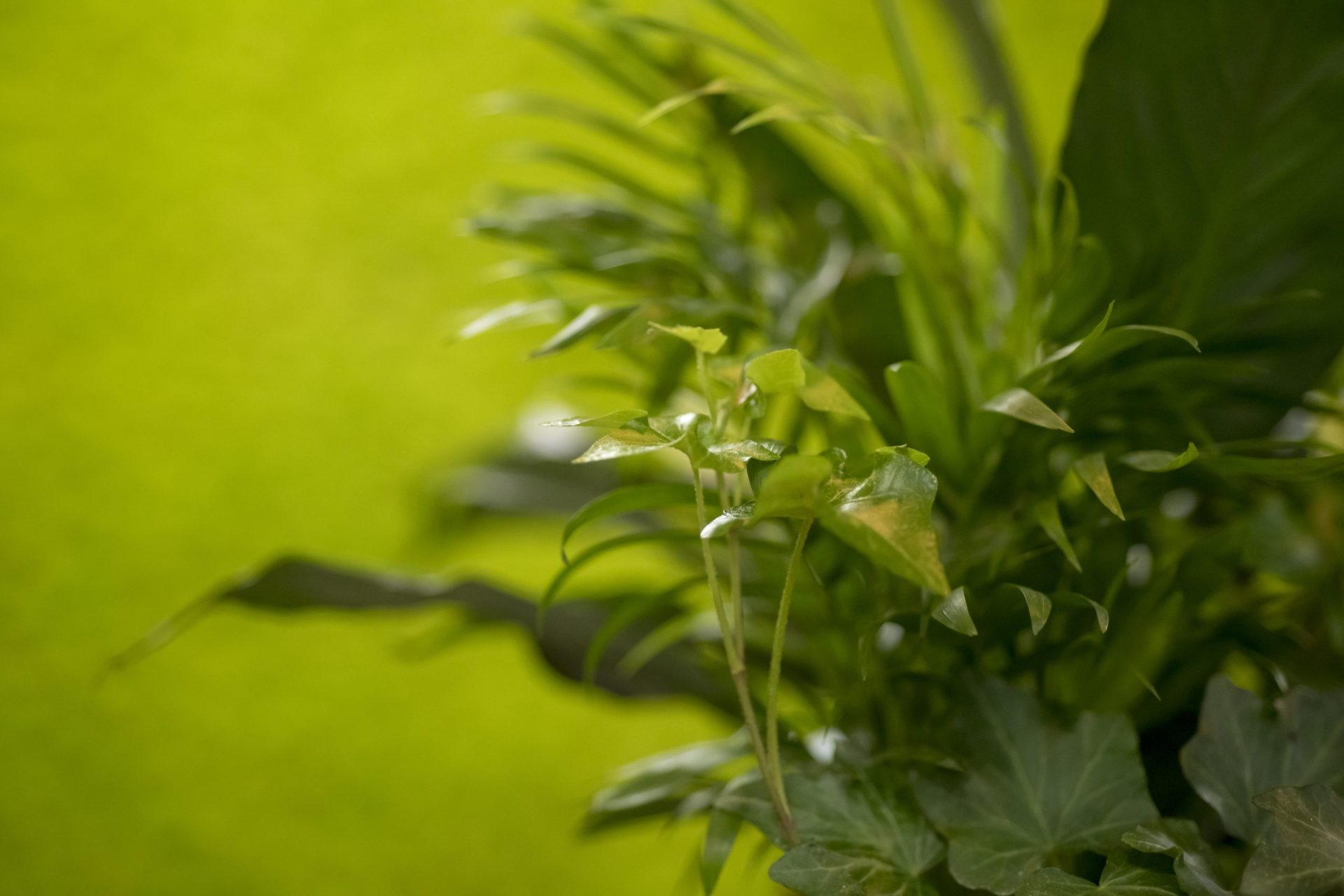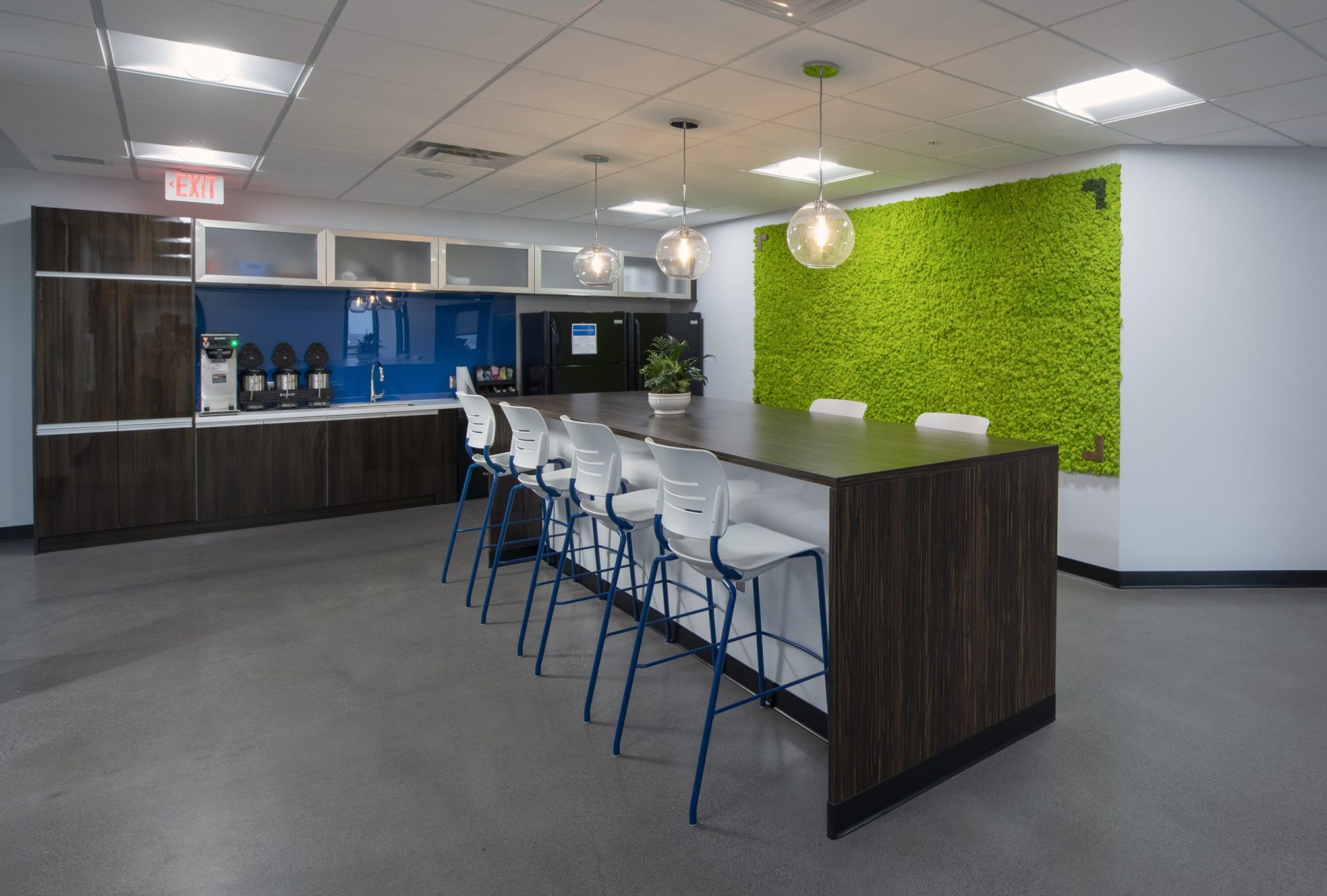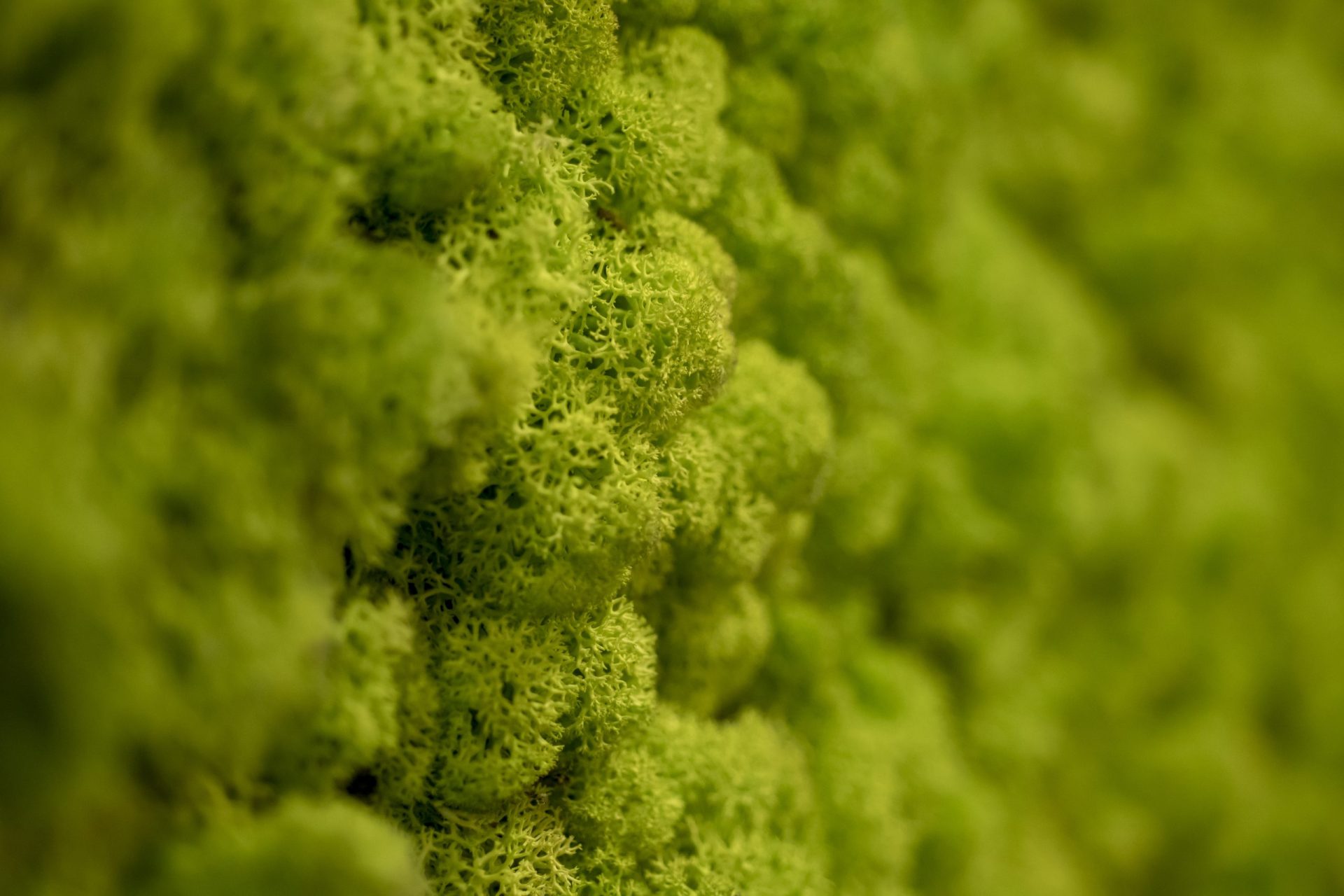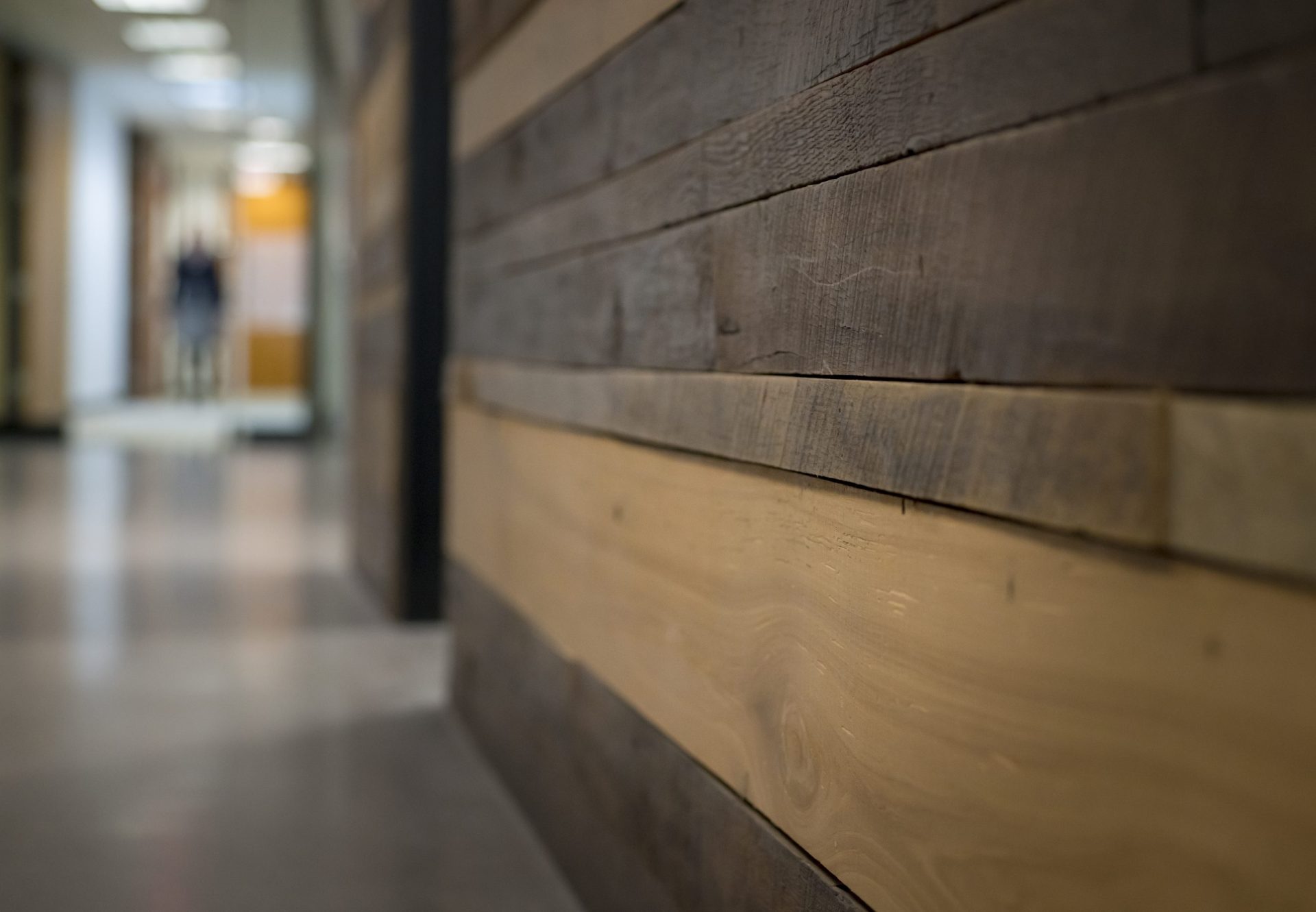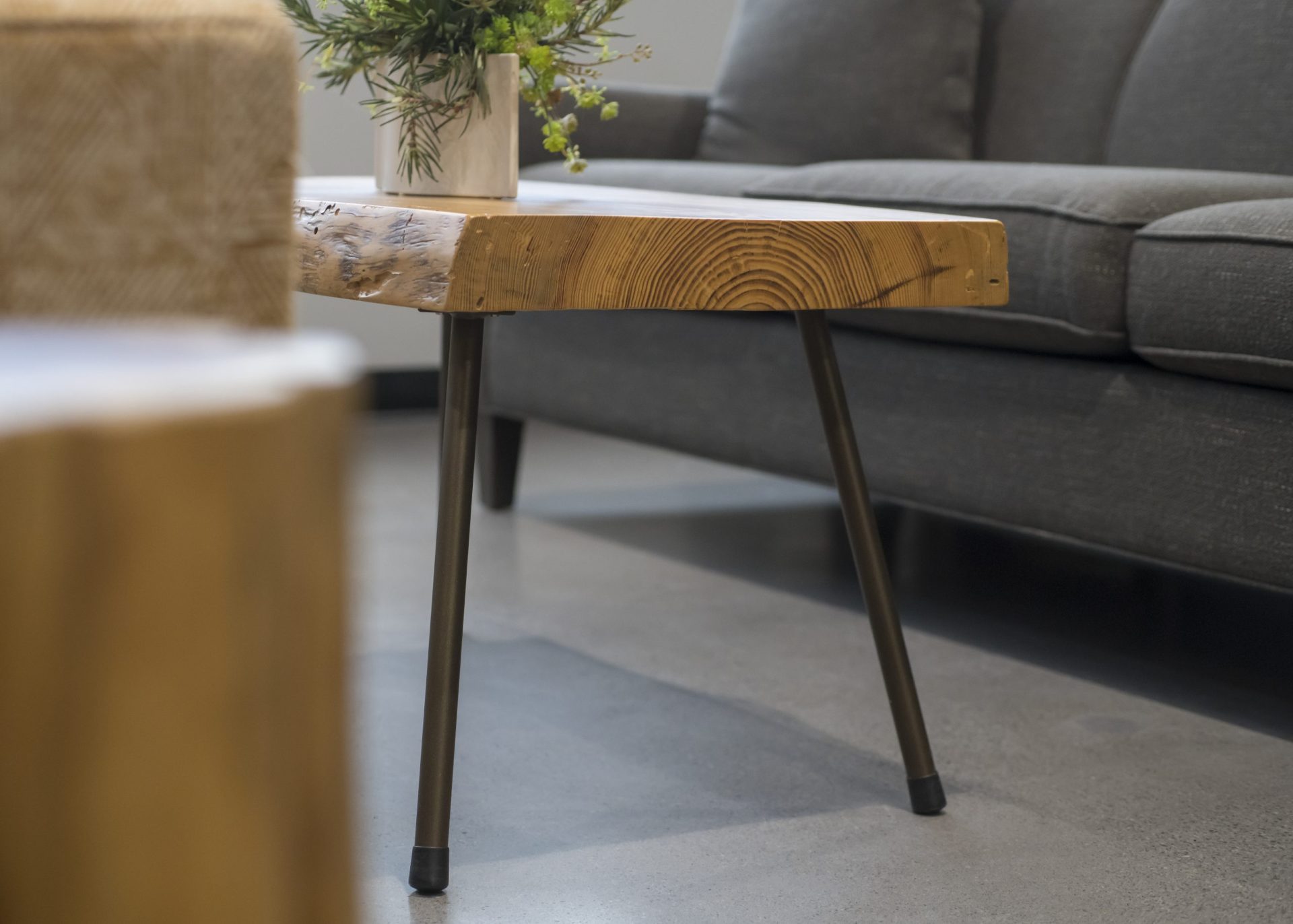Transform Your Work Environment: Biophilic Design
By Lauren Elliott, RID, NCIDQ
March 6, 2023Post Tagged in
 |
Two significant elements of a thriving workspace are the connection to nature and natural light. Studies have shown that employees who have access to natural elements in their work environment are proven to be happier and more productive. Office productivity can be increased by 8% and rates of well-being up by 13% with the addition of biophilic design (Oliver Health Design). Incorporating variation in environments that engage more than one of the senses through offering plant walls, outdoor patio spaces, or large windows can be great options to link employees to nature. |
